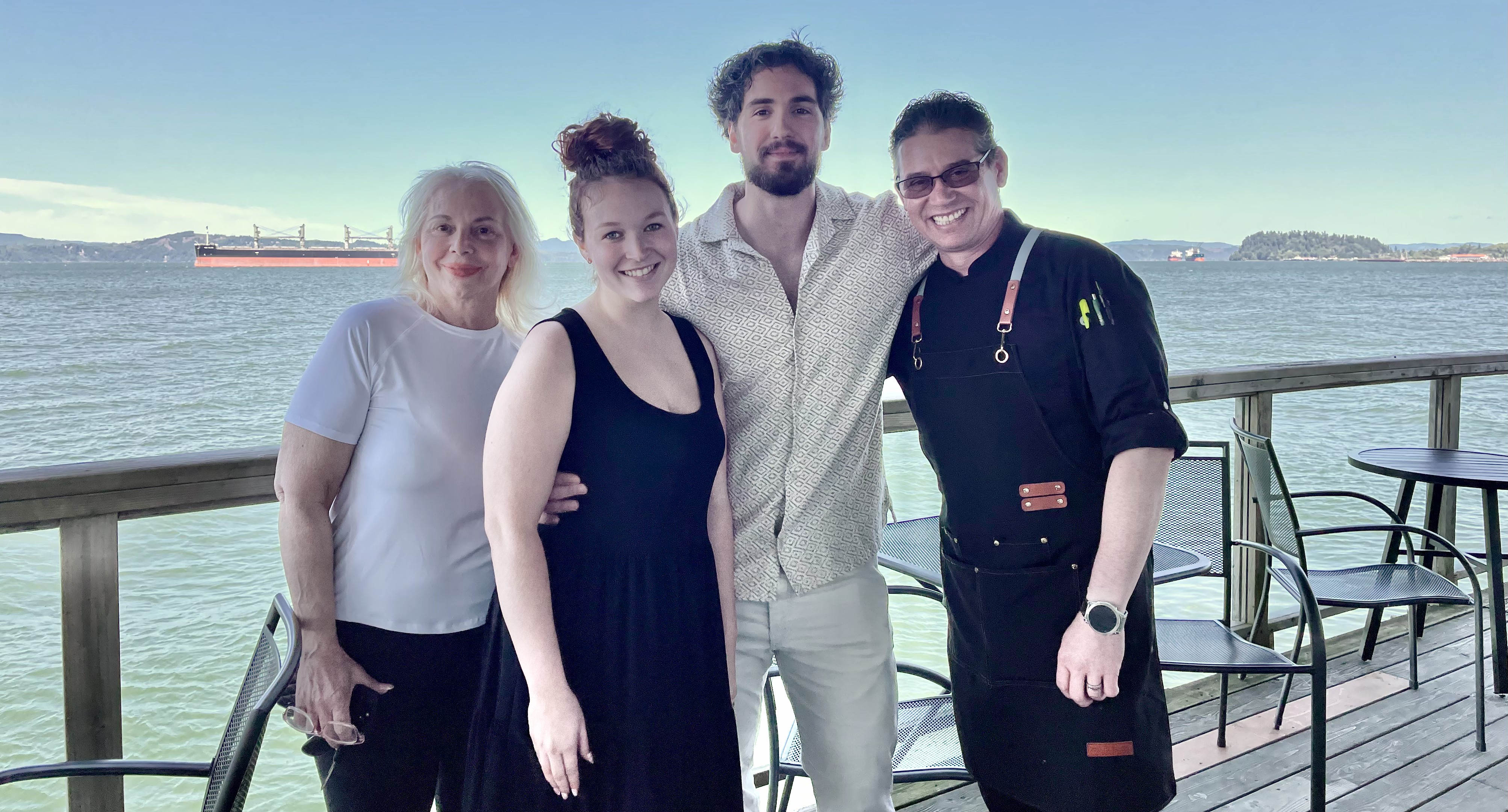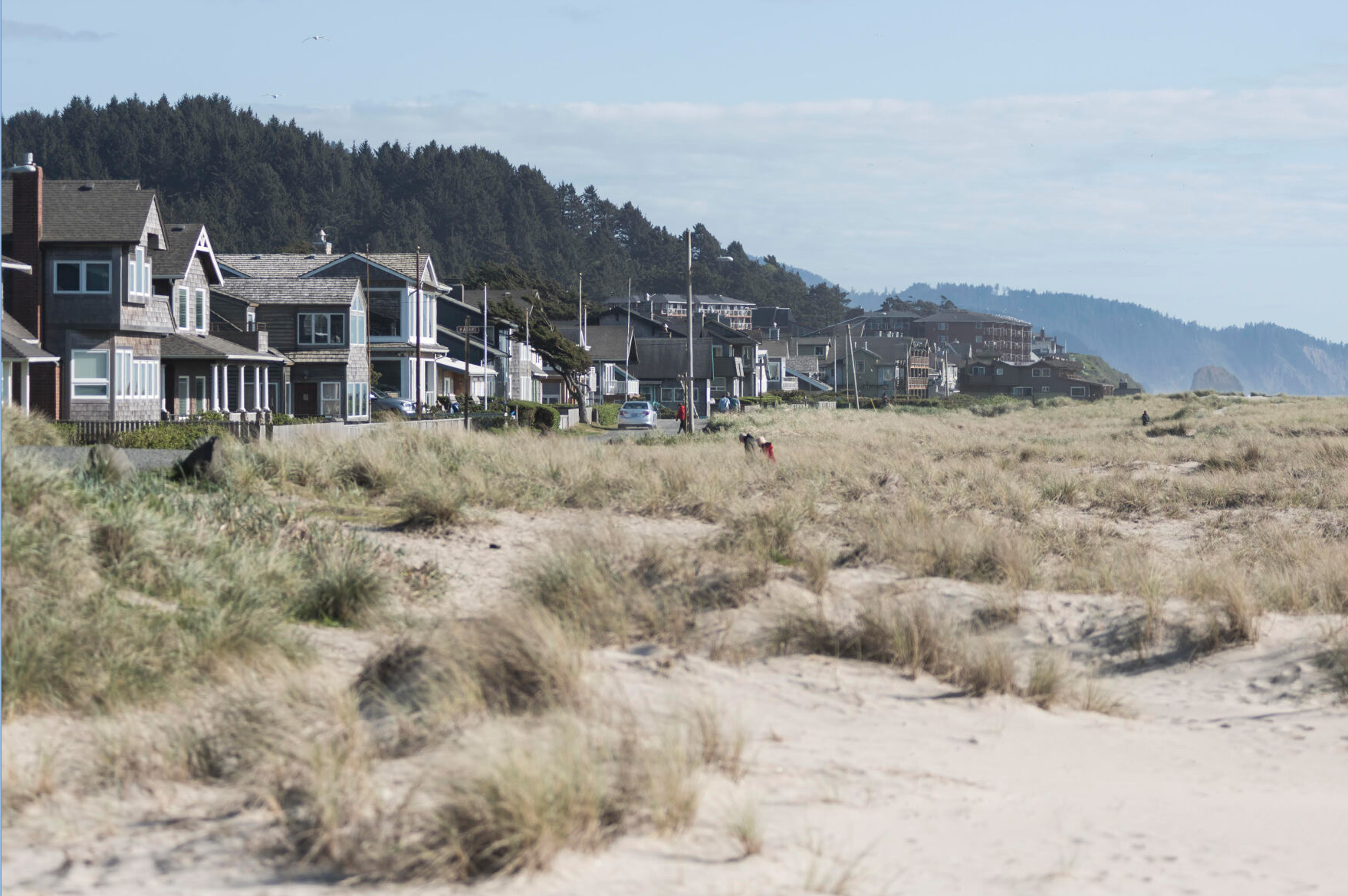Safety touted as need for new I-5 bridge
Published 5:00 pm Sunday, June 19, 2011
Today, The Daily Astorian continues a five-part series of Willamette Weeks investigation into the Columbia River Crossing, the proposed new Interstate-5 bridge between Oregon and Washington.
Trending
As any parent knows, when logic fails, try fear.
I recognize the importance of replacing the Interstate Bridge to address a wide range of public priorities, Kitzhaber said April 25 when he helped unveil the latest design for the bridge. First and foremost, safety.
Trending
Proponents claim the safety concerns are twofold: seismic danger and crashes.
Sen. Bruce Starr (R-Hillsboro) invoked the Japanese earthquake in recent CRC testimony. If theres a big quake off the Oregon coast, the [Interstate] bridge would be rendered inoperative, said Starr, a CRC supporter. ODOTs Garrett amped up that point. If theres a big shake, that bridge will come down, he told legislators.
Earthquakes are a risk in Portland. But if Oregon gets hit with a massive quake (experts say the big one could be a magnitude 9.0), many bridges will become scrap metal.
The Interstate Bridge was built in 1917. The second set of lanes was added in 1958, when the older one was refurbished. So you might think the Interstate Bridge would be the first to go.
Not according to ODOTs own reports. The agencys data show there are more than two dozen I-5 bridges in Oregon in worse shape than the Interstate Bridge, including the Marquam Bridge over the Willamette River.
The Marquam is rated a lot lower for its ability to withstand a big quake, despite being built in 1966. No one seems in a big rush to claim that bridge is unsafe or to replace it.
Another claim CRC backers like to make is the number of crashes on either side of the Interstate Bridge. They often exaggerate here as well.
Currently, the I-5 Columbia River bridges have the highest incidence of crashes of any highway segment in Oregon, Portland Business Alliance lobbyist Bernie Bottomly told lawmakers in written testimony on March 28. ODOTs Garrett supported that claim with a PowerPoint presentation that included slides claiming that the Interstate Bridge had the highest crash locations on I-5 in Oregon.
Again, false. ODOTs own stats show that both the Marquam and Fremont bridges have higher crash rates than the Interstate Bridge, and other stretches of Oregon highways see far more crashes per mile traveled.
The CRCs McCaig says its important to look at the big picture. There are nearly 400 crashes a year in the bridge area, she says. Thats twice the rate for urban freeways.
Whats important, she says, is to realize that substandard interchange spacing, a lack of highway shoulders and frequent bridge lifts are dangerous and cause congestion.
Safety matters in terms of a functioning system that keeps people and freight moving, she says.
Next: Myth No. 4, We have a plan to pay for it.









